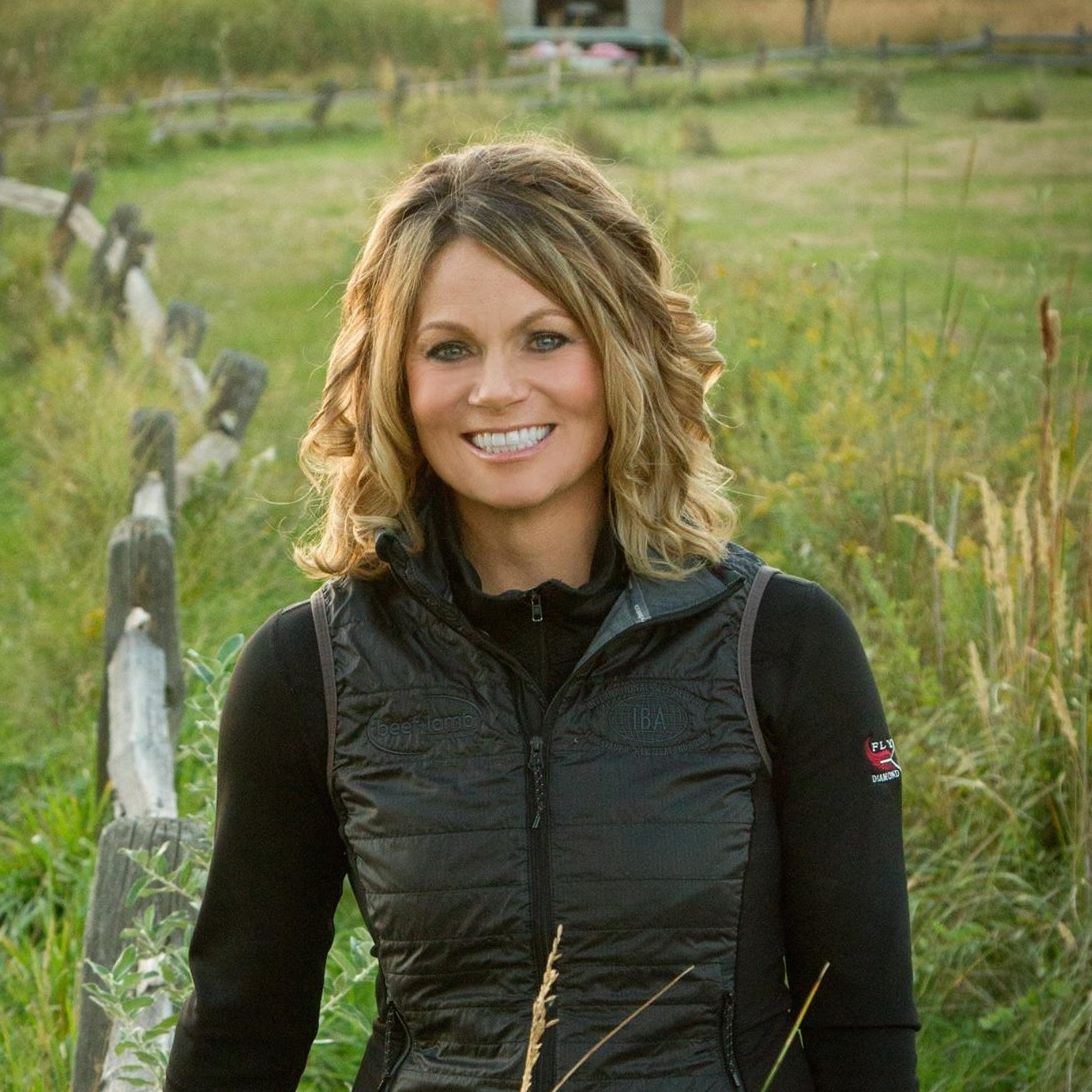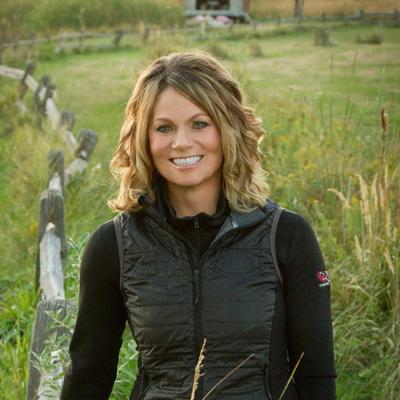We are dry. I don’t remember a winter when I’ve seen as much sand movement as this one.
I got stuck in the blizzard in Omaha last week. As much damage as it did, I would have taken it at the ranch for the moisture that was in the storm.
I'm trying to get settled in back on the ranch. It’s always a little overwhelming for about the first week upon returning. Calving is coming up quickly, as is the due date of our new tiny rancher.
There’s been a lot of reminiscing this week about the last adventure south. I miss asado and the great company and conversations – learning about things that are so different, but yet so similar.
The second week was all Paraguay. I flew from Montevideo to Asuncion. Asuncion is the capital of Paraguay with close to half a million people. There is an unbelievable amount of new construction and building going on as the country has embraced technology and outside investors.
I’ve often said, “surround yourself with people that make you better,” and I had the greatest hosts in Paraguay. The power couple knew the entire supply chain like none other, being producers, packing plant owners, and export company owners.
The discoveries continued to come through the week as I peeled back the layers and discovered more and more about my hosts and their involvement in the cattle industry, both in Uruguay and Paraguay. To say I was humbled to be allowed the privilege to learn from them would be an understatement.
Rural Paraguayan roads are challenging at times, so one of the easiest and quickest modes of transportation is by air. Our second day, we headed to the airfield and climbed aboard a lovely 10-seater for our ranch visits. Our pilots were amazing.
If you’ve been following along with these columns for the last decade, you are well aware of the fact that there is not anything I dislike more than flying. For as apprehensive as I was prior, it ended up being one of the most memorable experiences. Landing on private airstrips, heading out to look at cattle, then jumping aboard and on to the next outfit was so smooth and easy that I started to wonder where this had been all my life.
People are also reading…
The next day we were supposed to head out to the Chaco, but a blast of summer storms kept us in Asuncion for the day. Plans were adjusted, and instead of spending some touristy time at Igazu Falls and São Paulo at the end of the trip, we headed up to the Chaco by vehicle after some meetings, touring Frigorifico Victoria, one of the newest, most state-of-the art packing plants in South America.
The Chaco encompasses over 60% of Paraguay’s land area but is one of the most sparsely populated areas in South America. It’s a mecca for cattle production, and farming continues to grow with crops of corn, soybeans, cotton, peanuts and more.
Filadelfia, Paraguay is the capital of the Boqueron Department, one of 17 departments (states) in the country. With a population of around 20,000, it is the center of the Fernheim Colony of Mennonite’s.
The Fernheim Mennonites came to Paraguay in the late 1920s, most from Canada via Russia. I cannot even imagine that journey to what was nicknamed “green hell.”
Water access was a struggle. High salinity proved it unusable for drinking, and the colony became experts at harvesting rainwater. The environment was tough. There were multiple “things that can kill you,” but the colony preserved and now companies come from all over the world to be a part of the advancements.
The landscape is covered with hundreds of thousands of Nelore cattle, brangus, brafords and brahmas. Genetics are top of the line. I saw a couple Champion of the World award winners.
The colony controls the supply chain, and the prosperity is amazing. We had the best guide to show us around and explain everything.
There are roughly 25 Mennonite colonies throughout the country. Dairy, beef and farming are at the forefront, but niche markets are developing. We made a stop at a peanut factory that makes over 30 different products, employing the local native tribe members. I have yet to try bacon flavored peanuts in the U.S. but have decided they need to be in every gas station.
It was a sad goodbye to my hosts and all of the great people I meet in this up and coming country. There are already plans to return. The one thing I’m learning is in this industry no matter where in the world one travels, we are usually connected in multiple ways, be it people or thought processes.
Now of if I can just make me one of those asado grills out on the ranch.
Jaclyn Wilson is more than a rancher, raising Red Angus cattle at Wilson Ranch near Lakeside, Nebraska. She’s an artist with a welder’s torch. She holds leadership positions with several agriculture organizations. She can be reached at jaclyn@flyingdiamondgenetics.com. This column represents the views of one person and are not necessarily the opinion of the Midwest Messenger.










